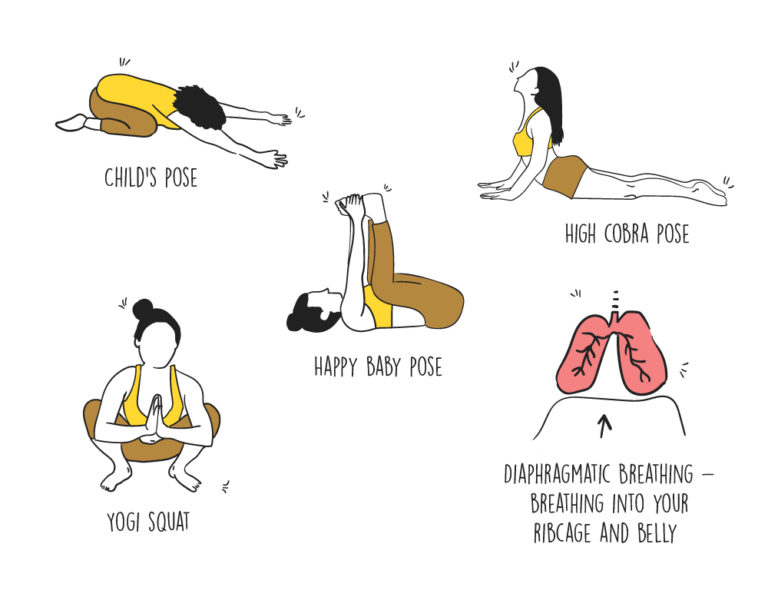
Menopause Brain Fog is real: A Simple Guide with Symptoms and Treatment
Menopause Brain Fog is real: A Simple Guide with Symptoms and Treatment Women in their 40s and 50s who are just entering the end of
A good way to visualize the pelvic floor and its function is to picture these muscles at the bottom of the pelvis. When you have a full bladder and you’re trying to stop urine flow, you’re contracting the pelvic floor.
Another way to find those muscles while standing is to imagine that you need to pass gas but don’t want to let it out. The muscles you’re activating to hold it in, that is those surrounding your rectum and anus, make up part of your pelvic floor.
When engaging the pelvic floor, make sure to use all these muscles that span the bottom of your pelvis. If you only contract the muscles that stop the flow of urine but not the rectal muscles, you’re not getting a full contraction and therefore, the pelvic floor does not get strengthened. Imagine a sensation of hugging your organs from the bottom up.
It’s important to learn how to tighten and relax these muscles for optimal pelvic floor function. As you’re going about your daily routine, check in with yourself to see if you’re contracting these muscles and to what intensity.
Both contracting and relaxing your pelvic floor muscles is key, and not just solely focusing on contraction.
Kegel exercises help with contraction of the muscles.
Relax your pelvic floor by incorporating some of these movements into your exercise routines.

You may think pelvic health is not an important factor to consider when looking at your overall health. But a strong pelvic floor can do wonders for you when it comes to your reproductive system, your sex life and your confidence (no leakages!).
If you’re having bowel or bladder control problems or pain during sex, speak to a physiotherapist or sexual health practitioner on oDoc who can help you find the right treatment. Download the app now.
Sources:

Menopause Brain Fog is real: A Simple Guide with Symptoms and Treatment Women in their 40s and 50s who are just entering the end of

Did you know that gestational diabetes mellitus, also known as GMD, is one of the most common medical complications of pregnancy? What is GMD? Why

Endometriosis No woman looks forward to “that time of the month.” Dealing with nausea, stomach cramps, mood swings, back pains and fatigue, all whilst facing
Get the latest health tips delivered straight to your inbox!